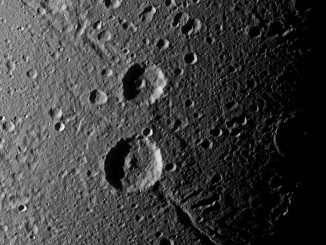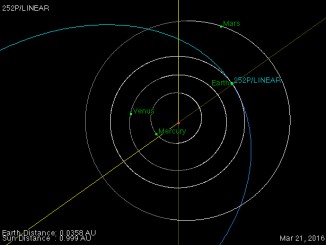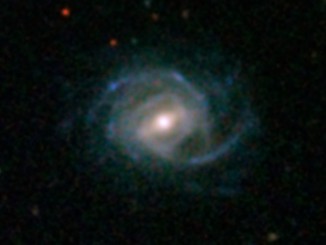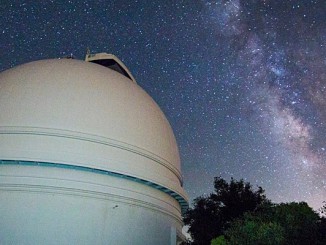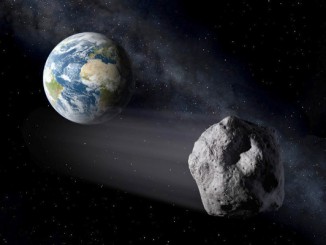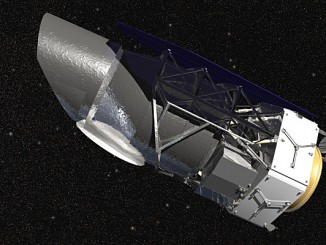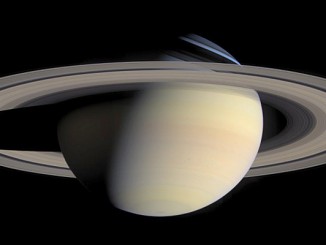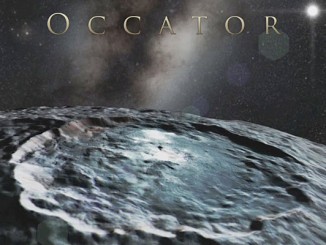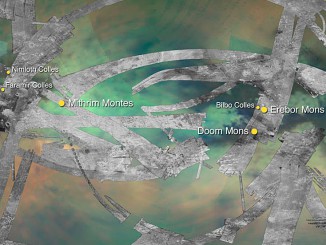
Cassini spies Titan’s tallest peaks
By convention, mountains on Saturn’s largest moon, Titan, are named for mountains from Middle-earth, the fictional setting in fantasy novels by J.R.R. Tolkien. Unfortunately for “Lord of the Rings” fans, Titan’s highest peak is not Doom Mons, but a trio of ridges known as Mithrim Montes, where the tallest peak is 10,948 feet (3,337 metres) high.

